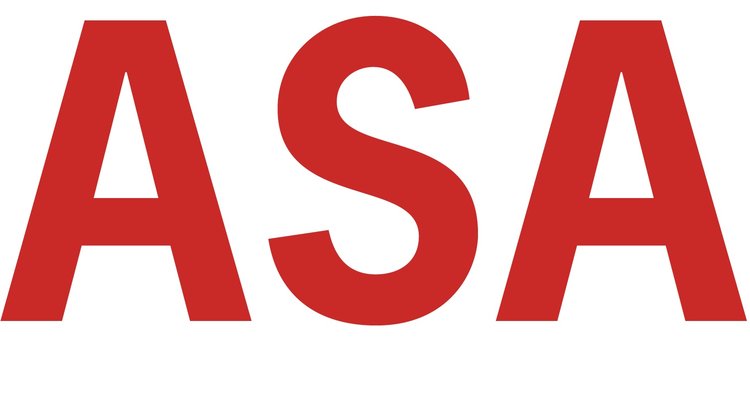Clarissa Pendleton discusses the criticality of the Water and Wastewater Systems Sector, both to life and the operation of the nation. However, the sector has operational flaws that could have severe consequences. This paper explores the risks and vulnerabilities of the sector by analyzing its current state and examining the private and public sector from an operational risk lens.
Read MoreCritical Infrastructure
IoT and SCADA Risk
Alex Osuch discusses the emerging risk associated with the new systems of automation and networked devices becoming embedded in the critical energy sector’s infrastructure. The nation’s energy infrastructure is becoming increasingly connected and continues to converge, producing new kinds of vulnerabilities and areas of exposure, including in the realm cybersecurity. This paper examines advanced metering, substation automation, and nation-state risks in the smart grid.
Read MoreOperational Risks in Healthcare IT
Elizabeth Crooks discusses the operational risks related to information technology (IT) within the Healthcare and Public Health sector. This critical infrastructure sector’s faces particularly challenging risks due to its size, its diversity of organizations, and its inherently open-to-the-public nature. The analysis examines common operational risks that face both the public and private sides of the healthcare IT subsector across all dimensions of operational risk - people, processes, systems, and external events.
Read MoreLife-Critical Applications and Serverless Computing: Developer Usability vs. Public Risk in AWS Lambda
Kate Schenot discusses the risk arising from the emerging intersection of public safety, emergency response technology, the Internet of Things, and computerless servers such as Amazon Web Services' Lambda.
Read MorePaying for a Rundown U.S. Surface Transportation System
Ermenejildo 'Meadow' Rodriguez Jr. discusses the looming financial difficulties facing the U.S. transportation sector, and the glaring lack of a long-term plan to pay for damaged or dilapidated roads, highways, bridges, and tunnels. The paper looks at the risks associated with the U.S. surface transportation system, and financing its improvement within the public and private realms.
Read MoreEnergy Sector Risk Assessment
Colin Andrade identifies and discusses the key risks the U.S. government and private energy-related corporations face within the Energy Sector. Specifically, the author examines the current risk strategies and controls within the Energy Sector, and then concludes with recommendations about how key stakeholders can improve resiliency.
Read MoreFood for Energy or Energy for Food: A Chemical Dependency
Jeffrey Seward explores the risks and the long-term impact of the Oil and Gas Sector on the Food and Agriculture Sector. Agriculture needs the Oil and Gas Sector in order to produce at current levels. If oil and gas were eliminated overnight, our very ability to produce food crops would be gone along with it. One of the most important risks to look at is need to eat versus need consume oil and gas.
Read MoreAmerican Dams: Risk Analysis & Recommendations
Courtney Harris examines dams across the U.S and the risks they impose on the American people. In particular, this paper focuses on the increasing threats to the sector from inconsistent governance, lacking emergency action plans, and growing concerns about the environmental and cultural impact of dams.
Read MoreDam Operational Risk
Iisaaksiichaa Ross Braine examines the U.S. Dams Sector, and identifies potential control failures and identifies the best path for mitigation, specifically in terms of energy. The author uses internal audits of the Homeland Security system, combined with best practices pulled from both the “Dams Sector-Specific Plan” and “Operational Risk Management” written by Philippa X. Girling. Iisaaksiichaa discusses potential solutions and illustrates the steps the Dams Sector could take in order to shore up cyber defenses.
Read MoreCybersecurity in the U.S. Private Security
Mark Tchao discusses how incentivizing companies to invest in top cybersecurity measures in the profit-driven market continues to be a challenge. Government compliance can be illusory, but without decisive changes in the landscape of matters, things may only get worse.
Read MoreCan the U.S. Treasury Keep Your Money Safe?
Michael Callier discusses the U.S. Treasury's role in strengthening the security and resilience of the U.S. financial services sector. This paper analyzes the rising risks of cyber-attacks, amplified by resistance to incident information sharing and the lack of third-party vendor cyber controls, and the appropriate risk management strategies.
Read MoreBuilding Resiliency in the IT Sector
Identifies key cyber risks that pose a threat to the functioning of Information Technology in the public and private sectors.
Read MoreThe Fight to Define US Cybersecurity and Information Sharing Policy
Reviews the recent political battles over cybersecurity and information sharing policy in the past two years, particularly regarding critical infrastructure.
Read MoreRisks In Energy — Oil and Gas Industry
Discusses the risks faced by the oil and gas industry and how a combined effort between the public and private sectors can effectively mitigate these risks.
Read MoreRisk and the Communications Sector
Discusses the key risks, hazards and vulnerabilities related to the Communications sector from both the public and private perspective.
Read MoreProtecting Critical Infrastructure
Discusses the critical infrastructures of the United States, emerging hacking resources, new threats to the smart grid introduced by technological advances, and concludes with recommendations for ways risk managers can mitigate these threats.
Read More